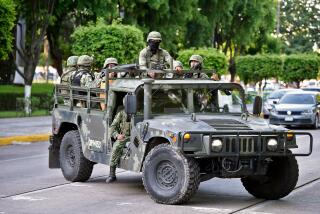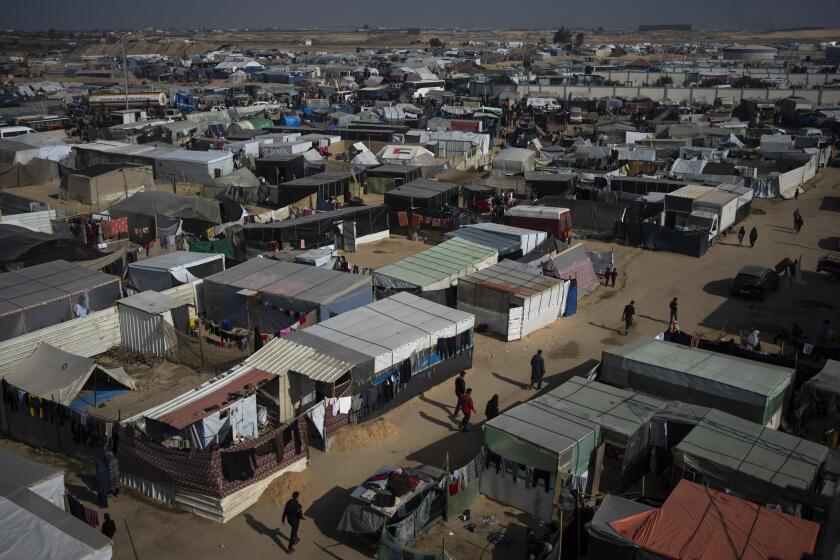DATELINE: CUBA : THE MYSTERIOUS ISLAND, THEN AND NOW
Havana, 1955:
An amnesty campaign led to the release from prison of many of the surviving rebels on May 15, including Fidel Castro, who was exiled to Mexico. There, he met fellow revolutionary Ernesto (Che) Guevara.
Havana, 1991:
Because he had a house outside Havana from 1939 until his death in 1961, Ernest Hemingway is a cottage industry here. There is a Hemingway Museum and a Hemingway Marina. There is a restaurant called Papa’s, which is not affiliated with the restaurant or the bar that advertise themselves as Papa’s favorites. Hemingway’s name is everywhere, except in the bookstores.
Unsure of his political correctness because he never commented publicly on the revolution, the Cuban government has made almost as much effort to hide him from its people as it has to promote him to the tourists.
Although Hemingway’s works are scarce in Havana, he is hardly alone among North American authors. A search of three bookstores recently produced one book written by a U.S. novelist, William Kennedy’s “Ironweed,” which, according to the jacket notes, is about the degraded existence of an American vagabond.
There were a few books by other Western authors, such as Emile Zola and Anais Nin and Bertold Brecht. But there was no Shakespeare, no Dickens. Were it not for Cubans and Eastern Europeans, primarily pre-perestroika Soviets who no longer are credible even in the Soviet Union, the bookshelves here would be as bare as the cupboards.
As it is, there are plenty of copies of “Bulgaria: Rose of a Country.”
Castro proudly boasts that his country has one of the world’s highest literacy rates, then doesn’t give them much variety to read.
More to Read
Sign up for Essential California
The most important California stories and recommendations in your inbox every morning.
You may occasionally receive promotional content from the Los Angeles Times.






